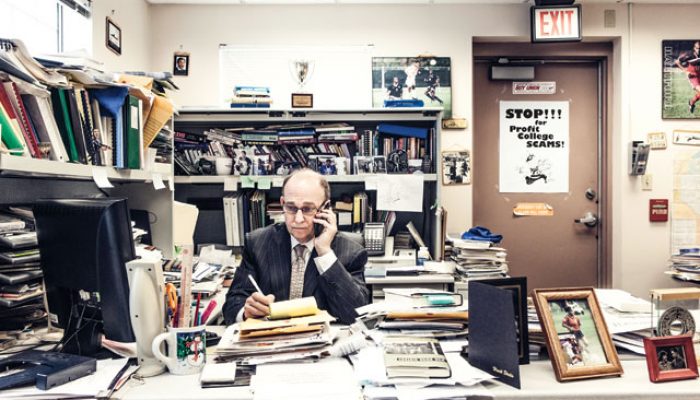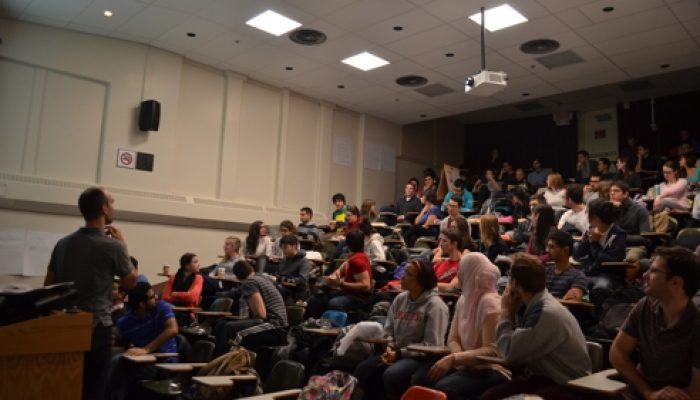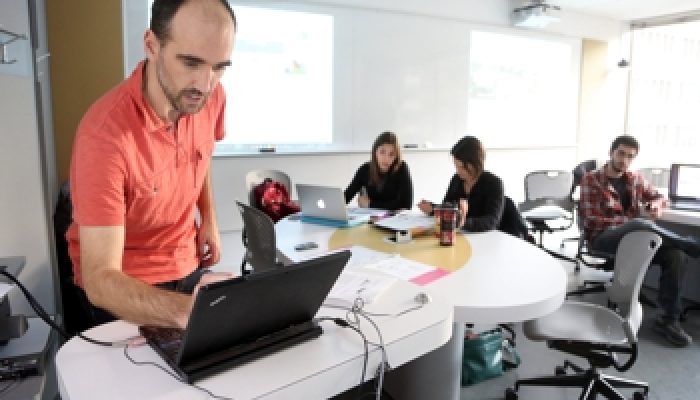During a great workshop today on active learning in engineering at McGill I asked two questions (using Socrative) , of the audience. Here is a summary of 24 answers I received: 1) I would like to read blog posts about: activities for large classes (18% of people) activities for small classes (30% of people) technology in active learning (22% of people) wacky or creative ideas for active learning(3 ...[Read More]
Surprises and lessons learned from co-teaching an inter-university graduate course
Contributed by Grant Ferguson, University of Saskatchewan grant.ferguson@usask.ca In an earlier blog post, Tom discussed some of the advantages and disadvantages of co-teaching a blended graduate course to students at McGill University, the University of Wisconsin – Madison and the University of Saskatchewan. This course wrapped up last month… we definitely learned a few things during ...[Read More]
Active learning in large classes: a gallery ‘walk’ with a 100 students
Active learning in large classrooms is difficult but not impossible – here is one example of an active learning technique developed for small classrooms, the gallery walk, which I have successfully re-purposed for a class of 100 (but I see no real upper limit on class size with the modified version of this activity). “In Gallery Walk student teams rotate to provide bulleted answers to questi ...[Read More]
Co-teaching a blended class across universities: why? and why not?
This term I am co-teaching a graduate class in advanced groundwater hydrology with Grant Ferguson (University of Saskatchewan) and Steve Loheide (University of Wisconsin – Madison). In co-developing and co-delivering this course we have learned a lot – I’ll start here with our initial motivations and write later about our pedagogic decisions, software tools and reflections after the course. It is ...[Read More]




